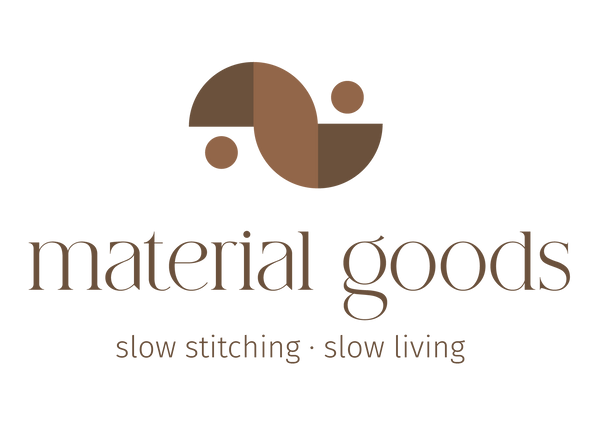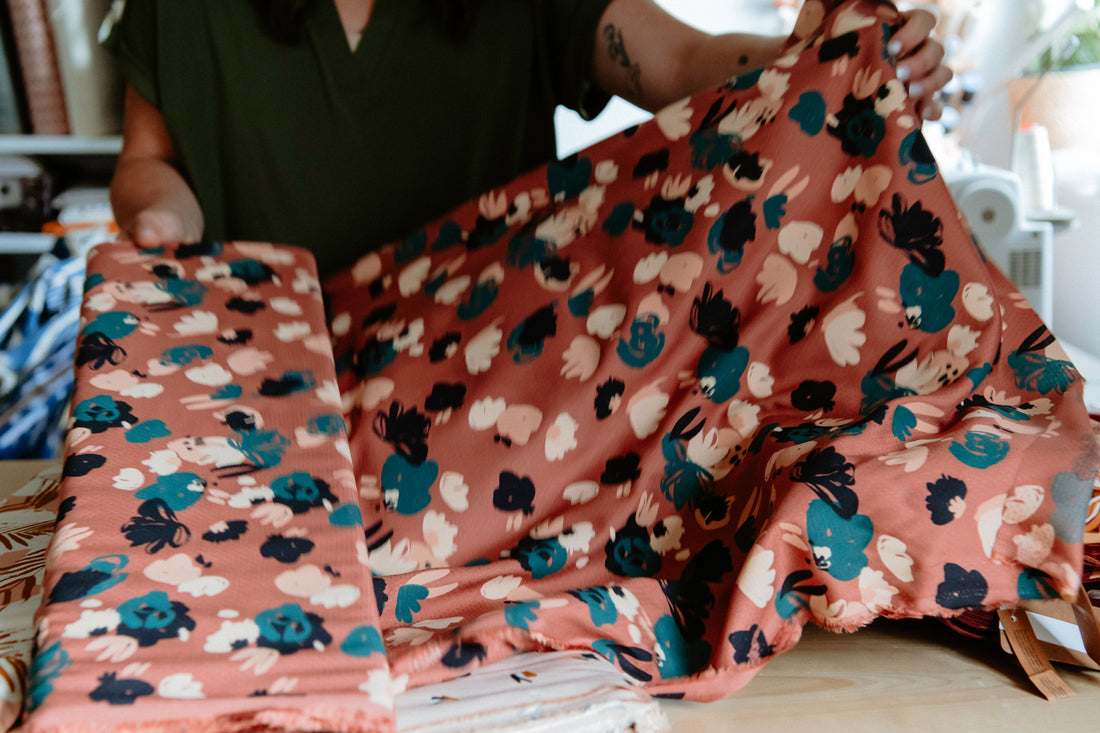As awareness about environmental issues continues to rise, many creators, designers, and hobbyists are looking for ways to make their projects more sustainable. One of the simplest yet impactful ways to contribute to eco-friendliness is by using eco-friendly fabrics. Not only do these materials reduce environmental impact, but they also enhance the quality and durability of your projects. This guide dives into the various types of eco-friendly fabrics, their benefits, and how you can seamlessly incorporate them into your projects.
Understanding Eco-Friendly Fabrics
Eco-friendly fabrics are made from sustainable materials that minimize environmental damage during both production and disposal. These fabrics are often biodegradable, produced without harmful chemicals, and sourced responsibly. Understanding what makes a fabric eco-friendly is essential when selecting materials for your projects.
Types of Eco-Friendly Fabrics
There are several types of eco-friendly fabrics available, each with its unique properties. Below are some of the most popular options:
- Organic Cotton: Grown without synthetic pesticides or fertilizers, organic cotton is a versatile and breathable fabric that is perfect for clothing, accessories, and home textiles.
- Bamboo Fabric: Bamboo is a fast-growing plant that requires minimal water and no pesticides. The fabric derived from bamboo is soft, moisture-wicking, and naturally antibacterial, making it great for athletic wear.
- Hemp Fabric: Hemp is one of the oldest cultivated fibers, requiring little water and no chemicals to grow. Hemp fabric is durable, resistant to mold, and becomes softer with each wash, making it ideal for long-lasting apparel.
- Linen: Made from flax plants, linen is not only biodegradable but also a strong and breathable fabric that is perfect for warm weather clothing.
- Tencel (Lyocell): Produced from sustainably sourced wood pulp, Tencel is known for its silky feel and excellent moisture management properties, making it suitable for a range of textiles.
- Recycled Fabrics: Fabrics made from recycled materials, such as recycled polyester or old cotton garments, help divert waste from landfills while conserving natural resources.
The Benefits of Using Eco-Friendly Fabrics
Incorporating eco-friendly fabrics into your projects offers numerous benefits, not just for the environment but for your creative endeavors as well.
Environmental Benefits
Using sustainable fabrics significantly reduces the ecological footprint of your projects. Here are some key advantages:
- Reduced Chemical Use: Sustainable fabrics are often produced without harmful chemicals that can pollute waterways and harm local ecosystems.
- Lower Carbon Emissions: Many eco-friendly fabrics require less energy to produce, which often leads to lower carbon emissions overall.
- Biodegradable Options: Many sustainable fabrics are biodegradable, meaning they won't contribute to landfill waste when they are no longer needed.
Quality and Durability
Eco-friendly fabrics are not only kind to the planet but they also offer superior quality:
- Long-lasting: Fabrics like hemp and organic cotton are known for their durability, meaning you won’t have to replace your projects as frequently.
- Comfortable: Natural fibers tend to be more breathable and comfortable against the skin, making them perfect for clothing.
- Unique Textures: Many eco-friendly fabrics boast unique textures and finishes that can set your projects apart and add a special touch.
How to Incorporate Eco-Friendly Fabrics in Your Projects
Once you understand the benefits and options available, it’s time to get creative! Here are some practical tips on how to incorporate eco-friendly fabrics into your work:
Choose the Right Fabric for Your Project
Before starting a project, consider the ideal fabric type for its purpose. For example:
- If you’re sewing a dress, organic cotton or Tencel could provide comfort and style.
- For outdoor projects like bags and tents, consider durable fabrics like hemp or recycled polyester.
- For home décor, linen or bamboo fabrics may add a touch of elegance while remaining sustainable.
Mix and Match Fabrics
Mixing different eco-friendly fabrics can lead to stunning results. Try combining textures and colors from various sustainable materials while ensuring that all chosen fabrics align with your project goals.
Get Creative with Recycling
Another exciting way to incorporate eco-friendly fabrics is through upcycling. Old garments can be transformed into new designs. This not only reduces waste but also gives new life to discarded materials.
Experiment with Dyeing Methods
Once you have selected your fabrics, why not experiment with natural dyeing methods? Use plant-based dyes to add unique colors and patterns to your fabrics while keeping your project eco-friendly.
Sourcing Eco-Friendly Fabrics
Finding where to buy eco-friendly fabrics is easier than you may think. Here are some tips to help you source sustainable materials:
Local Fabric Stores
Many local fabric stores carry a selection of organic and sustainable fabrics. By shopping locally, you also support small businesses, which is a sustainable practice in itself.
Online Retailers
There is a growing number of online retailers dedicated to selling eco-friendly fabrics. A quick search online will reveal a plethora of options, allowing you to shop conveniently from home.
Eco-Friendly Trade Shows and Craft Fairs
Attending fabric trade shows or craft fairs focused on sustainable materials can be a wonderful way to discover new suppliers and connect with like-minded creators.
Tips for Maintaining Your Eco-Friendly Fabrics
Once you’ve incorporated eco-friendly fabrics into your projects, it’s vital to care for them properly to extend their lifespan:
- Wash with Care: Whenever possible, opt for cold water washes and gentle detergents to protect your fabrics.
- Avoid Dryers: Air drying is preferable, as it helps preserve the integrity of the fabric while consuming less energy.
- Store Wisely: Keep your fabrics in a cool, dry place to avoid damage from humidity and potential pests.
Sharing Your Eco-Friendly Journey
The shift toward incorporating eco-friendly fabrics is not just about individual projects; it’s a movement towards sustainable living. Share your experience, creations, and ideas with your community. Inspire others by posting on social media, blogging about your projects, or attending crafting meetups. Your passion can ignite change and encourage more people to embrace eco-friendly practices.
The Future of Eco-Friendly Fabrics
As the demand for sustainable materials continues to rise, the future of eco-friendly fabrics looks promising. Innovations in fabric technology are constantly evolving, bringing new materials and practices that enhance sustainability. By staying informed and adaptive, you can ensure that your projects are not just current but also ahead of the curve.
Join the Green Movement with Your Fabrics!
Incorporating eco-friendly fabrics into your projects may seem daunting at first, but with a bit of research and creativity, you can create stunning, sustainable creations. Whether you are a seasoned designer or a passionate hobbyist, choosing eco-friendly materials is a way to showcase your commitment to the environment while elevating your work. Start exploring sustainable fabrics today and let each stitch contribute to a greener future for our planet!

